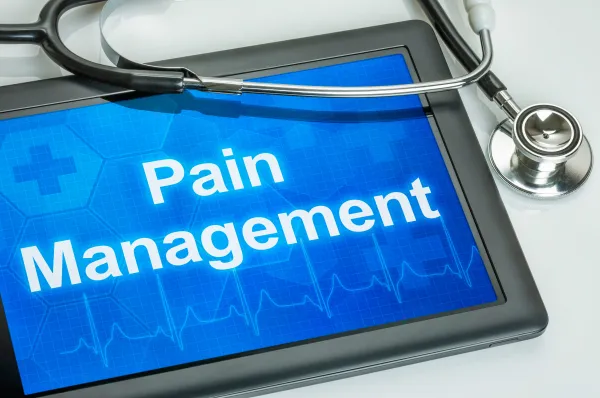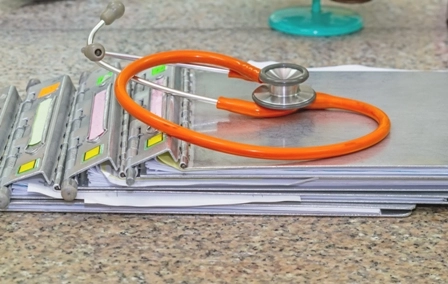Anesthesia Coding Alert
Condition Spotlight:
Know the Nuances of Coding Low Back Pain
Published on Tue Dec 13, 2022

You’ve reached your limit of free articles. Already a subscriber? Log in.
Not a subscriber? Subscribe today to continue reading this article. Plus, you’ll get:
- Simple explanations of current healthcare regulations and payer programs
- Real-world reporting scenarios solved by our expert coders
- Industry news, such as MAC and RAC activities, the OIG Work Plan, and CERT reports
- Instant access to every article ever published in Revenue Cycle Insider
- 6 annual AAPC-approved CEUs
- The latest updates for CPT®, ICD-10-CM, HCPCS Level II, NCCI edits, modifiers, compliance, technology, practice management, and more
Related Articles
Other Articles in this issue of
Anesthesia Coding Alert
- 2023 Fee Schedule:
Know These 6 MPFS Takeaways for 2023
Get quick tips on Part B drug modifier JZ, chronic pain management code G3002, and [...] - Condition Spotlight:
Know the Nuances of Coding Low Back Pain
Here’s where to find the Excludes1 note that can keep your coding in the clear. [...] - Compliance:
10 Ways to Keep Your Practice Safe From Phishing and More
Smart move: Include physicians and executives in tests. Exhausted from hearing about electronic protected health [...] - You Be the Coder:
Think Through This Thromboendarterectomy Challenge
Question: The anesthesiologist provided emergency anesthesia services to a 47-year-old Medicare patient who has multiple comorbidities [...] - Reader Question:
Take On TEE Certification Requirements
Question: What type of certification is required for anesthesiologists to bill for the professional component of [...] - Reader Question:
Capture Pre-Op Injection for Post-Op Pain
Question: Our doctors are doing DepoDur® injections, which are intrathecal morphine extended-release injections that last 48 [...] - Reader Question:
Check Rules for CRNA Without Medical Direction
Question: The majority of our facilities use only certified registered nurse anesthetists (CRNAs). My question is, [...]
View All




